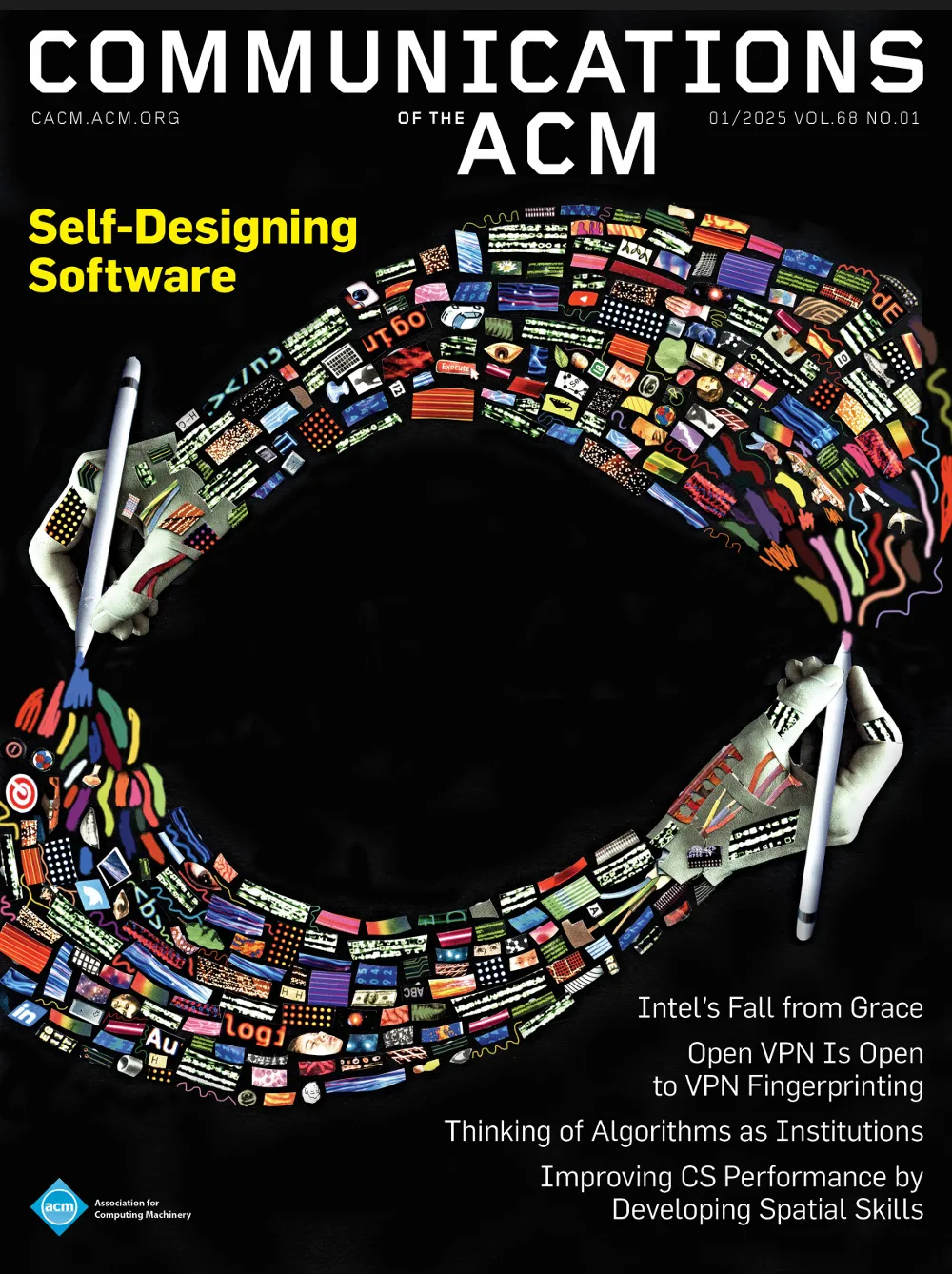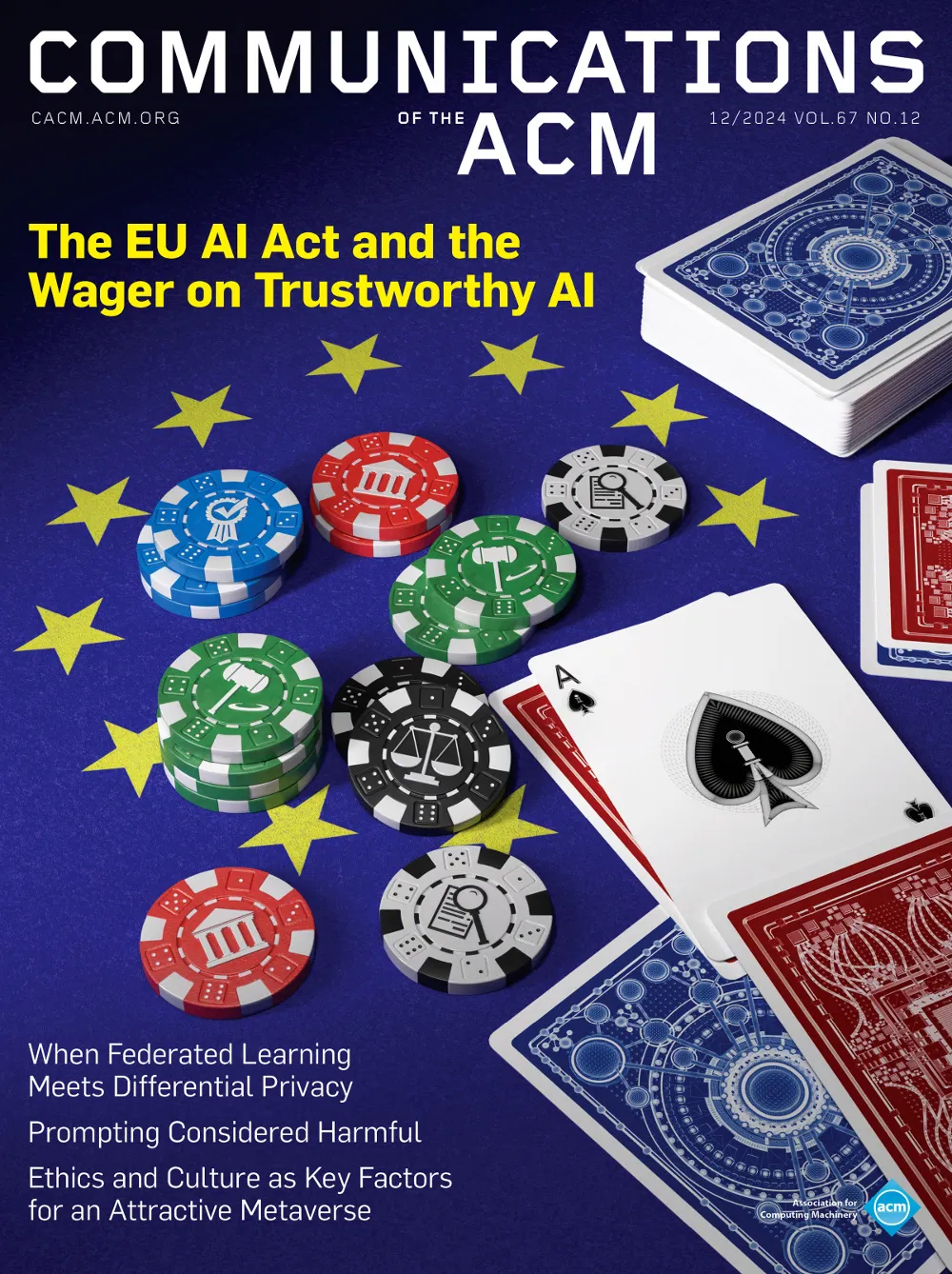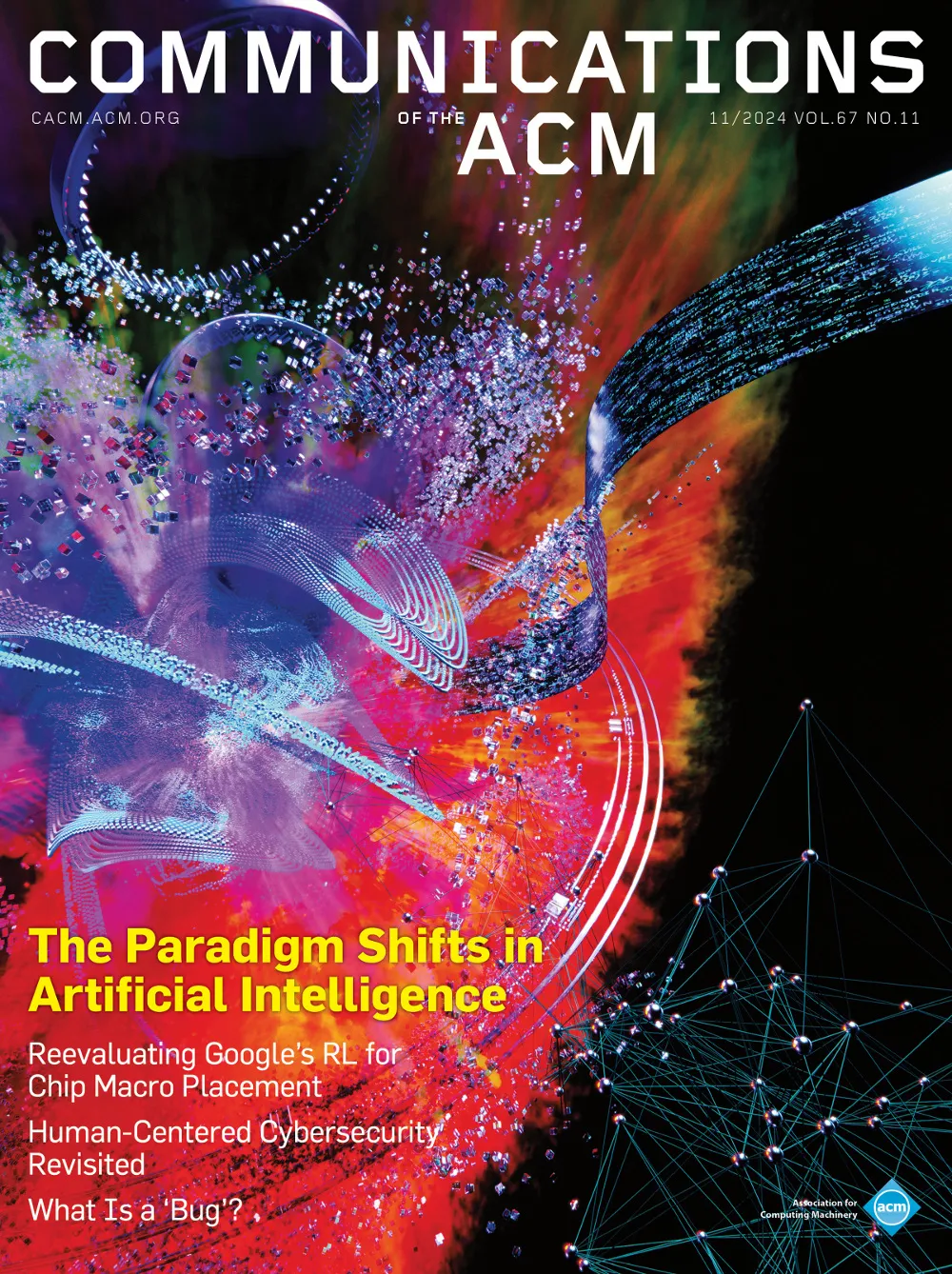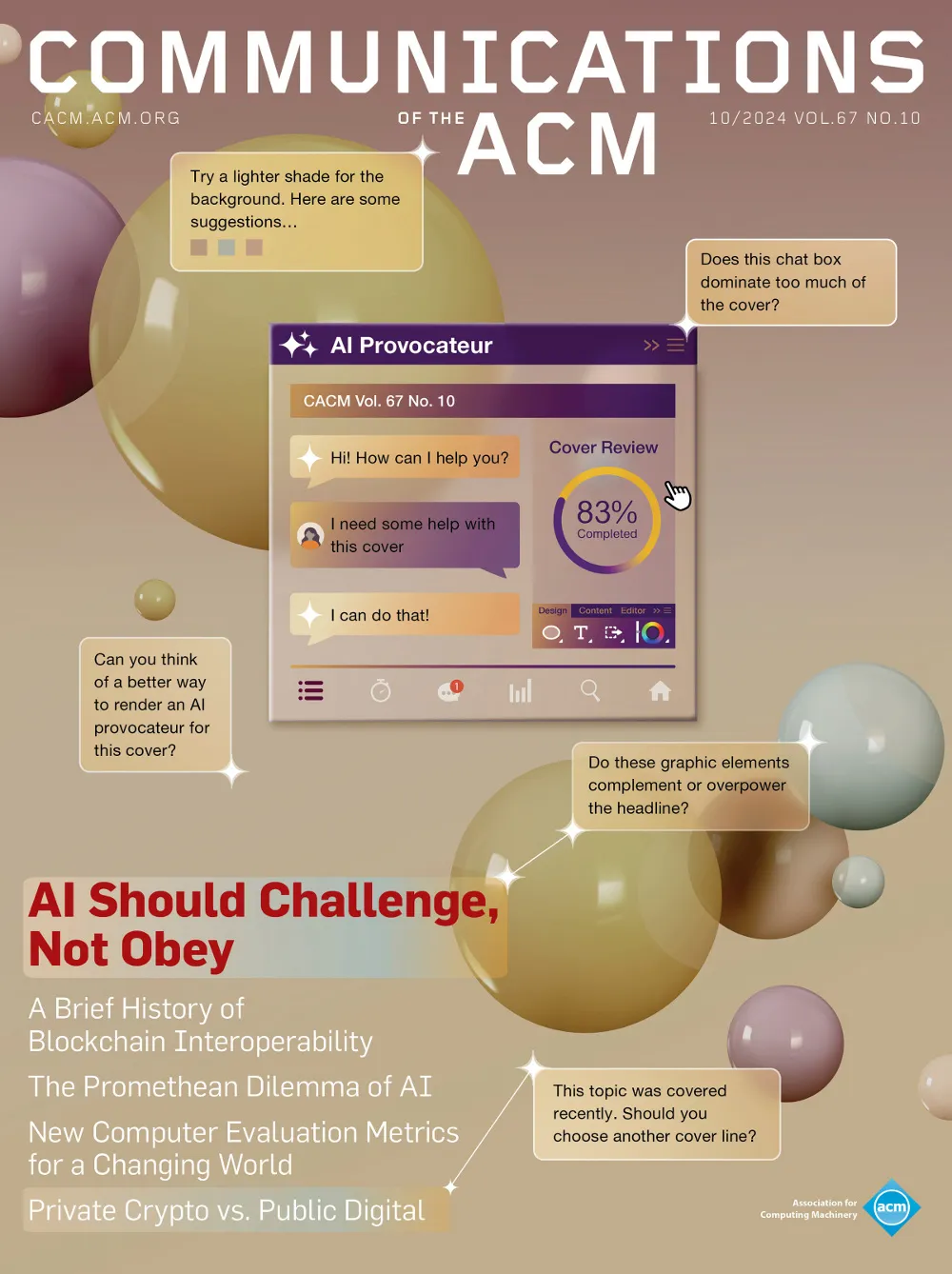October 1964 - Vol. 7 No. 10
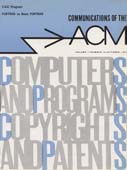
Features
Copyright aspects of computer usage
This paper is concerned with the question of what constitutes infringement of a copyright on a book or other nondramatic literary work when the work is fed into a computer and is indexed, analyzed, partially reprinted, or otherwise utilized by the computer to produce eye-readable output. The question of copyrightability of programs and infringement of copyrights on programs is also discussed. The paper is directed primarily to a discussion of the present law. Some aspects of the proposed new copyright law are also included. General recommendations are made with respect to the proposed revisions of the copyright law.
Suppose a potentially very valuable experimental multi-computer system is being designed by you and your group. You feel you have made at least a system invention. In your Company scientists and engineers are responsible for initiating invention disclosures.
Joint inventorship of computers
The term joint inventorship asks but does not necessarily answer the question, “Who is the true inventor of a computer?” I will try to show how “wrong” inventors are joined, how such improper joinder can be avoided, and its dangers. While the law permits the addition or subtraction of improperly joined inventors, it does not permit the substitution of one set of inventors for another set of inventors. Thus, despite corrective weapons, there are some pitfalls which must be avoided.
Computer programs are patentable
It is not surprising that computer programs are not listed in the patent statutes as one of the categories of patentable invention. When these categories were defined many years ago, computers and computer programs were unknown. Therefore, if computer programs are to be patentable within the framework of existing patent law they must fall within one of the specifically defined categories of processes, machines, manufactures or compositions of matter.
Patent protection of computer programs
Recently, the computer industry has been exploring anew the question of whether programs for operating an electronic digital computer are or should be patentable.
Constraint-type statements in programming languages
A proposal is made for including in a programming language statements which imply relations between variables but which are not explicit assignment statements. The compiler sets up a Newtonian iteration making use for the purpose of a routine for formal differentiation.
A method of syntax specification
The addition of a few simple conventions to the Backus Normal Form specification of a language provides a mode of description which is more compact and easier to prepare and use than either the standard BNF description [1] or the corresponding syntactical chart [2].
History and summary of FORTRAN standardization development for the ASA
The American Standards Association (ASA) Sectional Committee X3 for Computers and Information Processing was established in 1960 under the sponsorship of the Business Equipment Manufacturers Association. ASA X 3 in turn established an X3.4 Sectional Subcommittee to work in the area of common programming language standards. On May 17, 1962, X3.4 established by resolution a working group, X3.4.3-FORTRAN to develop American Standard FORTRAN proposals.
